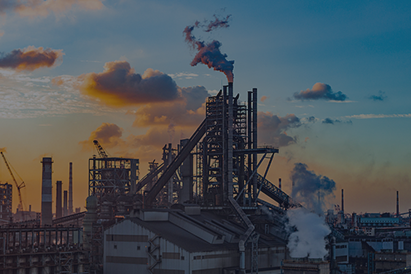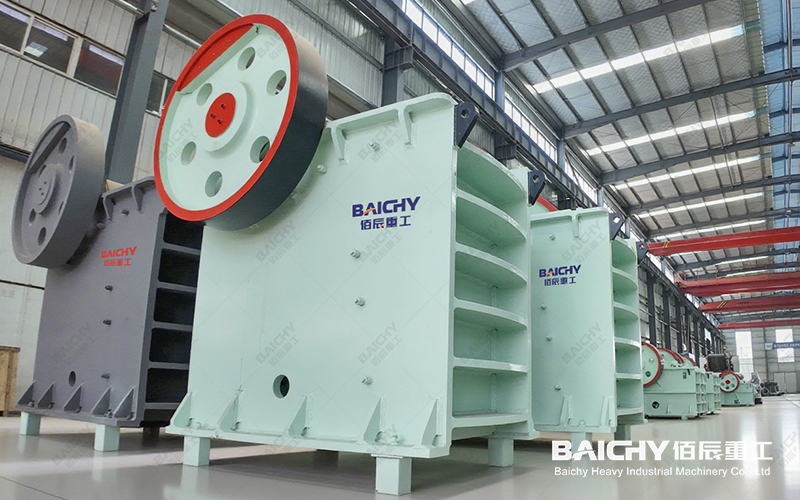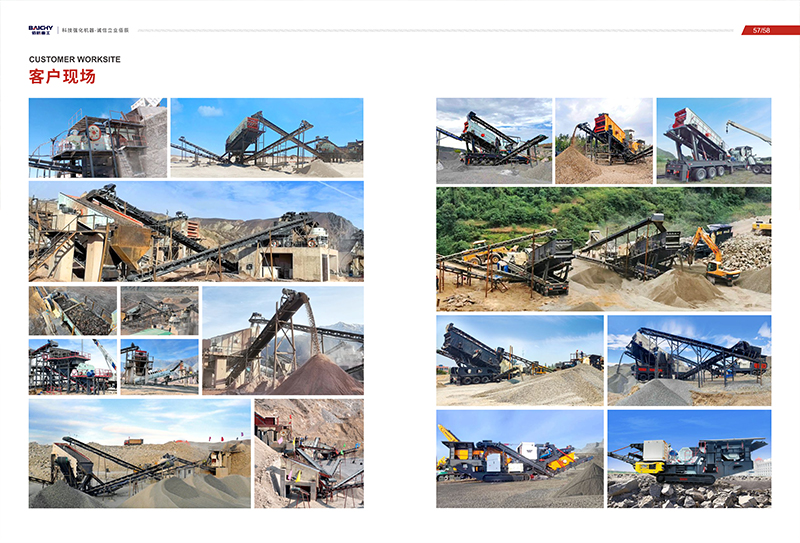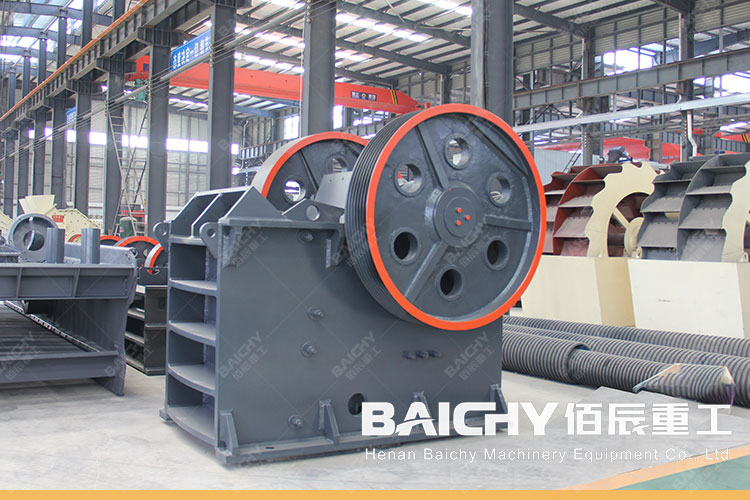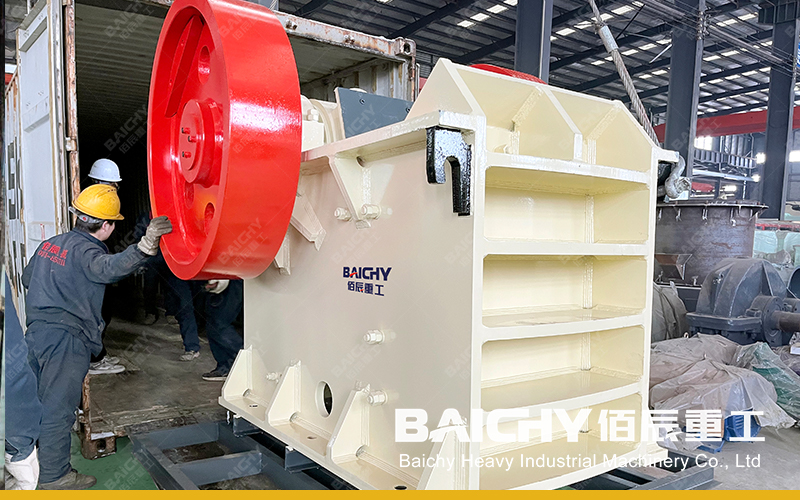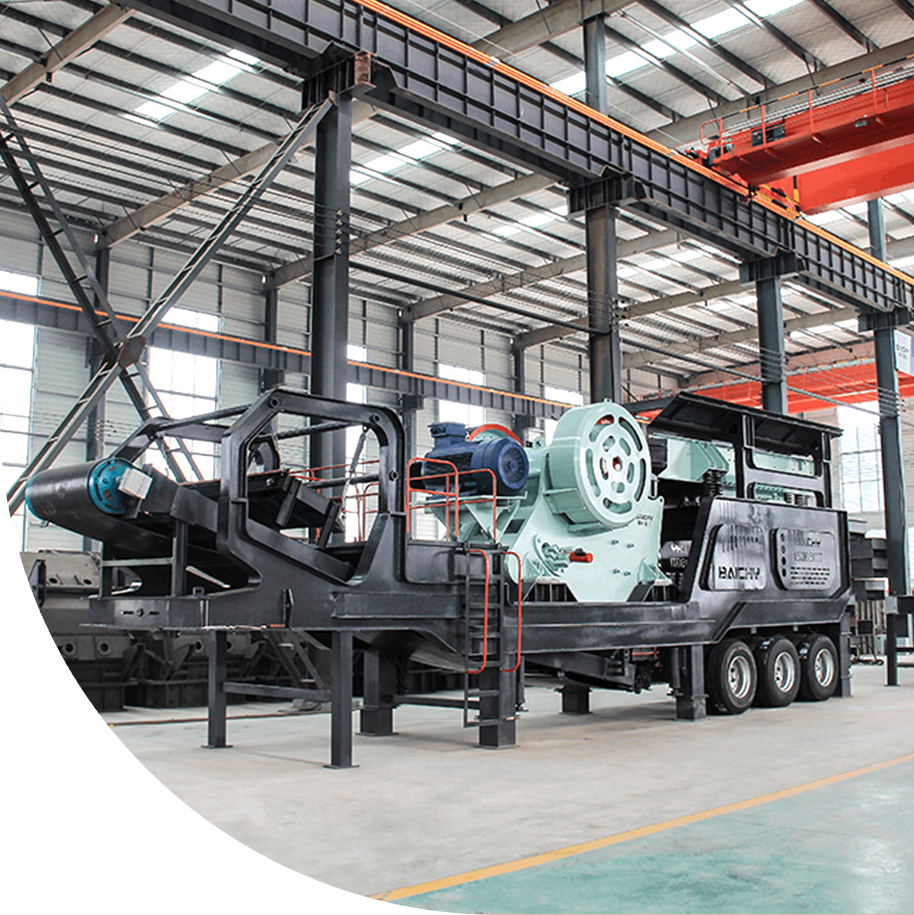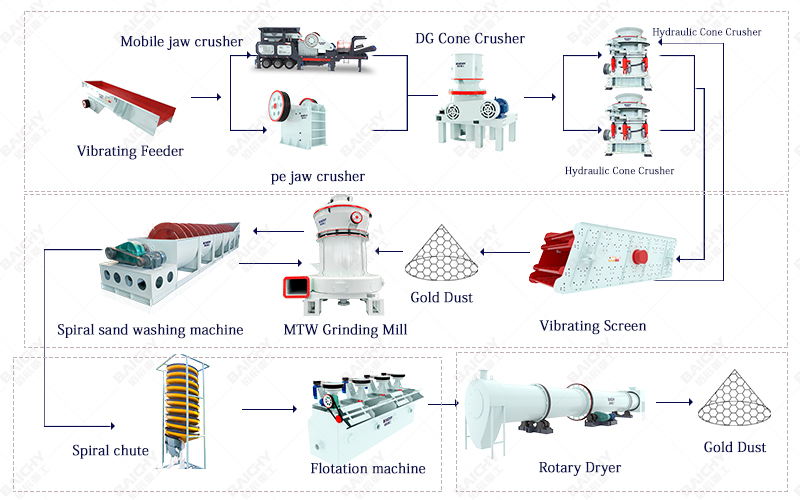
Iron ore is an important raw material for the steel industry, but the grade of the original ore is usually low, and it must be purified through the beneficiation process to meet the smelting requirements. At present, magnetic separation, flotation, and gravity separation are the three mainstream technologies for iron ore beneficiation, and different methods are suitable for different ore types. This article will analyze their working principles, process flow, equipment selection and economic benefits in detail to help you choose the best ore selection solution!
1. Magnetic separation: efficient separation of magnetic iron ore
1.1 Principle of magnetic separation
Magnetic separation uses the magnetic difference of iron minerals for separation, and is mainly suitable for strong magnetic minerals such as magnetite (Fe₃O₄). Under the action of the magnetic field, the magnetic minerals are adsorbed onto the magnetic separation equipment, and non-magnetic impurities (such as quartz) are separated.
1.2 Process flow
Crushing & grinding: The original ore is crushed to a suitable particle size (usually 0.1-0.5mm).
• Magnetic separator separation:
Weak magnetic separation (magnetic field strength 0.1-0.3T): used for rough separation.
Strong magnetic separation (magnetic field strength 0.8-1.5T): used for high-grade iron ore.
• Dehydration & drying: get the final iron concentrate.
1.3 Applicable ores & advantages and disadvantages
• Applicable ores: magnetite, vanadium-titanium magnetite.
• Advantages: simple process, low cost, high recovery rate (up to more than 90%).
• Disadvantages: poor effect on weak magnetic ores (such as hematite).
2. Flotation method: separation of complex and difficult iron ores
2.1 Principle of flotation
The flotation method uses the difference in the physical and chemical properties of the mineral surface. By adding collectors, frothers and other reagents, the target minerals are attached to the bubbles and float up to achieve separation.
2.2 Process flow
• Grinding: The ore is finely ground to -0.074mm (200 mesh).
• Slurry adjustment & dosing: adjust the pH value of the slurry and add fatty acid collectors (such as oleic acid).
Flotation machine sorting:
Roughing: preliminary enrichment of iron minerals.
• Concentration & scavenging: improve the grade of concentrate.
• Concentration & filtration: obtain iron concentrate.
2.3 Applicable ores & advantages and disadvantages
Applicable ores: weakly magnetic ores such as hematite, limonite, siderite, etc.
• Advantages: can process low-grade ores (20%-30% Fe).
• Disadvantages: high reagent cost and complex wastewater treatment.
3. Gravity separation: low-cost environmentally friendly mineral processing solution
3.1 Gravity separation principle
Gravity separation is based on the difference in mineral density and uses water flow or centrifugal force to separate light and heavy minerals. It is suitable for coarse-grained iron ore.
3.2 Process flow
Crushing & screening: the raw ore is crushed to 2-5mm.
Gravity separation equipment separation:
• Jig: Separate coarse iron ore.
• Spiral chute: Process fine ore.
• Shaking table: Improve the grade of concentrate.
• Dehydration: Get the final product.
3.3 Applicable ore & advantages and disadvantages
Applicable ore: coarse-grained hematite and specularite.
• Advantages: No chemical pollution, simple equipment.
• Disadvantages: Low recovery rate (60%-75%), poor effect of fine ore.
4. How to choose the best mineral processing technology?
Process Applicable ore Recovery rate Cost Environmental protection
• Magnetic separation Magnetite 90%+ Low High
• Flotation Hematite, limonite 80%-90% High Medium (wastewater treatment required)
• Gravity separation Coarse iron ore 60%-75% Lowest High
Recommended solution:
• High magnetic ore → Magnetic separation first
• Low-grade weak magnetic ore → Flotation or combined process (magnetic separation + flotation)
• Coarse ore & high environmental protection requirements → Gravity separation
5. The latest trends in mineral processing technology in 2025
Intelligent mineral processing: AI optimizes sorting parameters and improves recovery rate.
Green flotation reagents: Reduce environmental pollution.
High-pressure roller mill technology: Energy saving and consumption reduction, improve grinding efficiency.
Magnetic separation, flotation, and gravity separation each have their own advantages. Choosing a suitable process can greatly reduce mineral processing costs and improve iron ore recovery. If you need specific mineral processing solutions or equipment recommendations, please consult professional mineral processing engineers!



